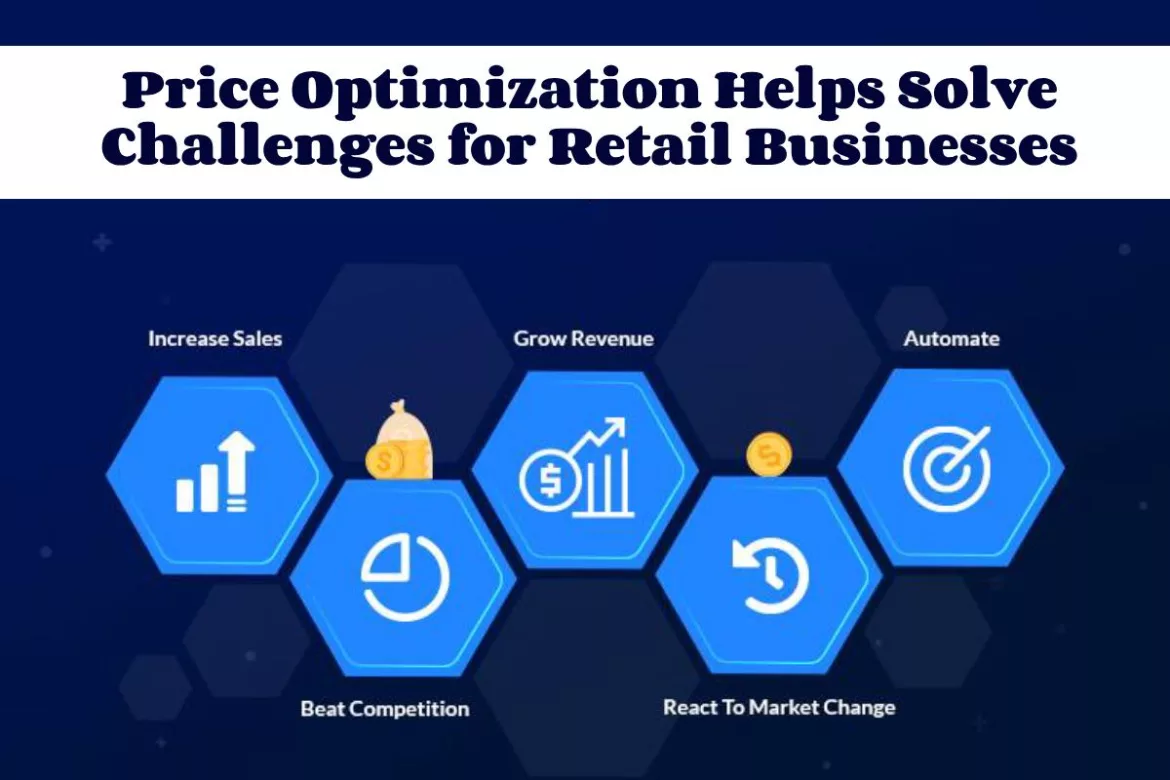In the ultra-competitive and global retail market, businesses need any advantage and edge they can get over their rival companies. The most successful of these businesses are the ones who are always on the lookout for technology, products, and strategies that can set them apart from their competitors. One of the best ways to attract new customers and retain existing ones is to understand what drives not only the market but individual buying trends as well.
One such way to do this is through the use of retail price optimization. This strategy is vital for retail companies that wish to survive and thrive in today’s highly competitive market. By strategically determining prices, businesses can improve customer satisfaction, maximize profits, and stay in front of their competition. Here are some of the many ways optimizing prices solves challenges and creates opportunities for retailers:
Table of Contents
It Maximizes Profit Margin
As we just mentioned, this is one of the (and likely most important to retailers) benefits of utilizing optimized pricing. Through an in-depth analysis of customer behavior, market trends, and competitor pricing, businesses can identify the optimal price ranges for their products. It also helps to ensure that prices balance client demand with profits.
It Maintains Competitiveness
In a highly crowded marketplace, remaining competitive with other providers is critical for any retail company. Optimizing prices helps your business stay flexible and adjust your strategies in direct response to market fluctuations. By constantly monitoring the prices of other companies along with customer preferences, retailers are able to keep their prices competitive and attractive.
It Optimizes Inventory Management
Retail price optimization assists companies with inventory management by aligning turnover rates with pricing strategies. By manipulating prices on the basis of demand projections and product availability, companies can reduce excess inventory, minimize stockouts, and enhance turnover. This helps your business manage its inventory levels much more efficiently while minimizing carrying costs and maximizing sales.
It Drives Sales Growth
Price optimization techniques also drive sales growth by attracting new consumers and stimulating demand. By providing targeted promotions with enticing prices, businesses can expand their customer base while capturing a bigger market share. Additionally, dynamic pricing strategies such as bundling, discounts, and tiered pricing can encourage consumers to make bigger purchases, increasing your overall bottom line.
It Optimizes Cross-Channel Pricing
Nowadays, nearly all retail companies function across multiple avenues, including physical locations, mobile apps, and e-commerce platforms. By leveraging price automation tools and comprehensive data analytics, retailers can offer uniform pricing across these various channels, giving consumers a seamless shopping experience.
How Retail Price Optimization Can Help Your Businesses
For retailers looking to achieve sustainable growth and overcome various challenges, price optimization is a powerful and effective tool. Understanding the benefits listed in today’s article is the first step toward learning how to seamlessly navigate the complex modern-day market landscape and create new opportunities for profit and overall success.
By leveraging available technology and utilizing data-driven pricing strategies, your business can outpace and outperform your competitors in the constantly changing retail environment.


